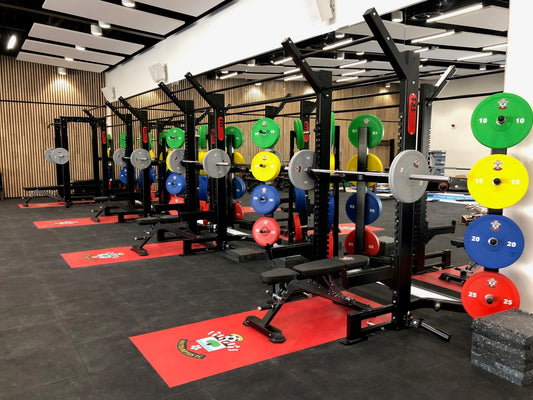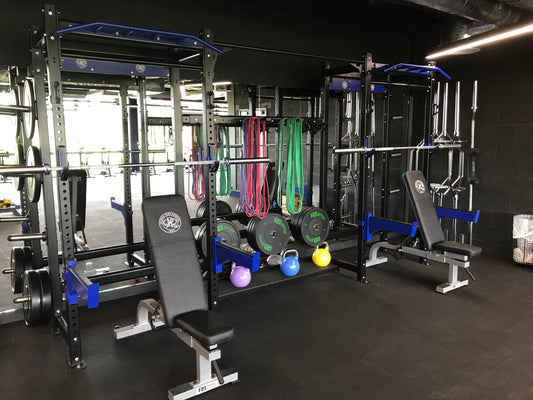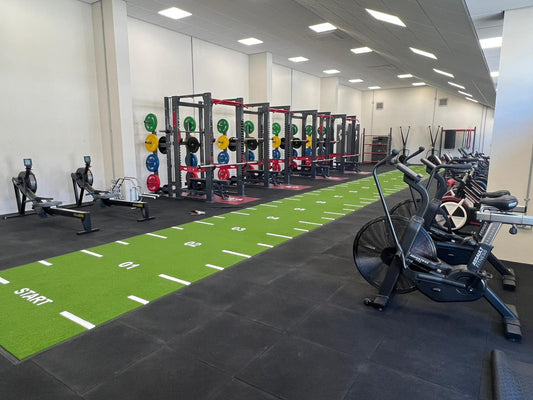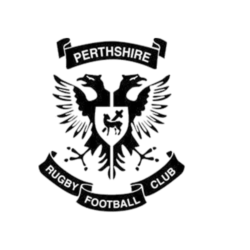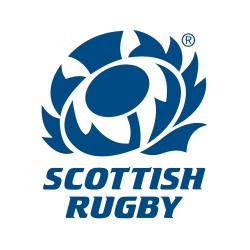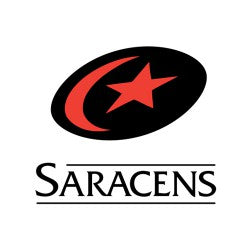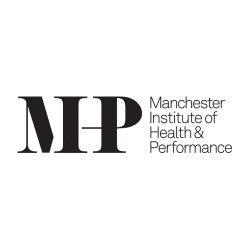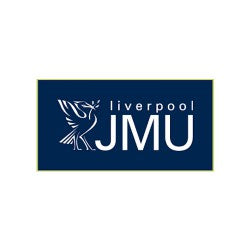A Mechanistic Approach to Blood Flow Occlusion

0 comments
Abstract
Low-Intensity occlusion training provides a
unique beneficial training mode for promoting
muscle hypertrophy. Training at intensities as
low as 20 % 1RM with moderate vascular occlusion
results in muscle hypertrophy in as little as
three weeks. The primary mechanisms by which
occlusion training is thought to stimulate growth
include, metabolic accumulation, which stimulates
a subsequent increase in anabolic growth
factors, fast-twitch fiber recruitment (FT), and
increased protein synthesis through the mammalian
target of rapamycin (mTOR) pathway.
Heat shock proteins, Nitric oxide synthase-1
(NOS-1) and Myostatin have also been shown to
be aff ected by an occlusion stimulus. In conclusion,
low-intensity occlusion training appears
to work through a variety of mechanisms. The
research behind these mechanisms is incomplete
thus far, and requires further examination, primarily
to identify the actual metabolite responsible
for the increase in GH with occlusion, and
determine which mechanisms are associated to a
greater degree with the hypertrophic / anti-catabolic
changes seen with blood flow restriction
Full Article
For the latest on Perform Better, follow us on Facebook, Instagram or Twitter



